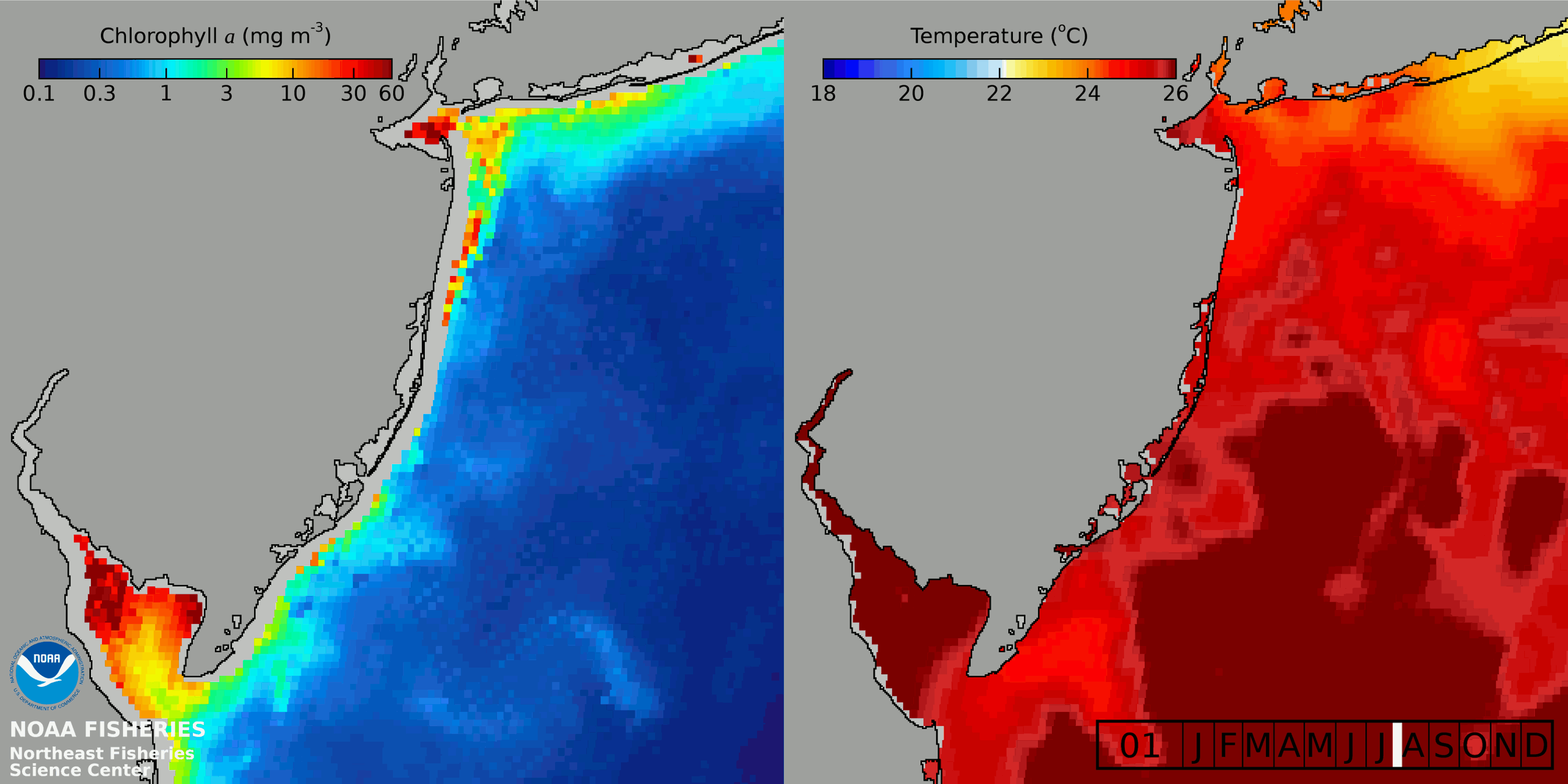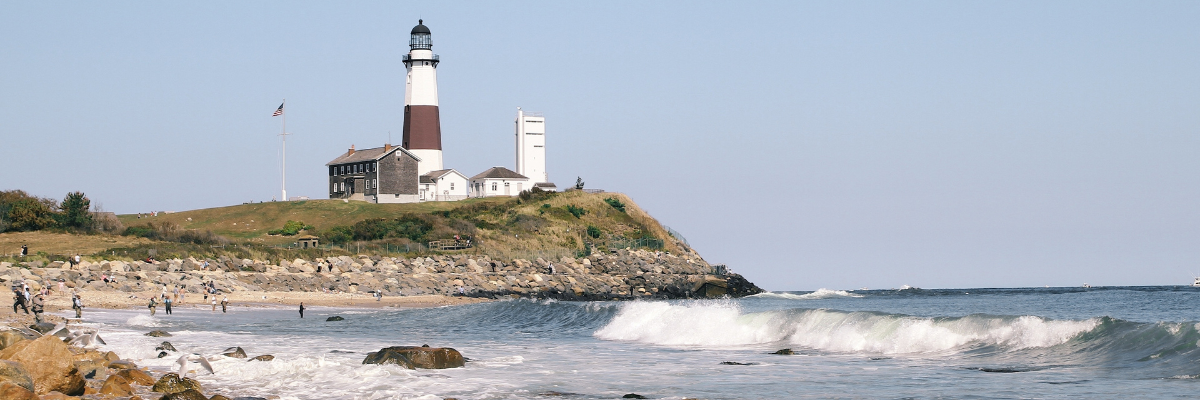Upwelling is the upward movement of colder, nutrient-rich bottom water driven by the displacement of the surface layer. In the Mid-Atlantic, input of nutrients to the surface layer drives phytoplankton blooms, and results in high concentrations of particulate organic matter in the water column, where it is broken down through microbial respiration. Recurrent hypoxia regimes along the New Jersey coast are thought to be driven by this process (Glenn et al., 2014). Upwelling is also an important process at the continental shelf break, in the eastern Gulf of Maine and the northern edge of Georges Bank, where it supplies surface waters with nutrients and stimulates primary production (Townsend et al., 2004).

